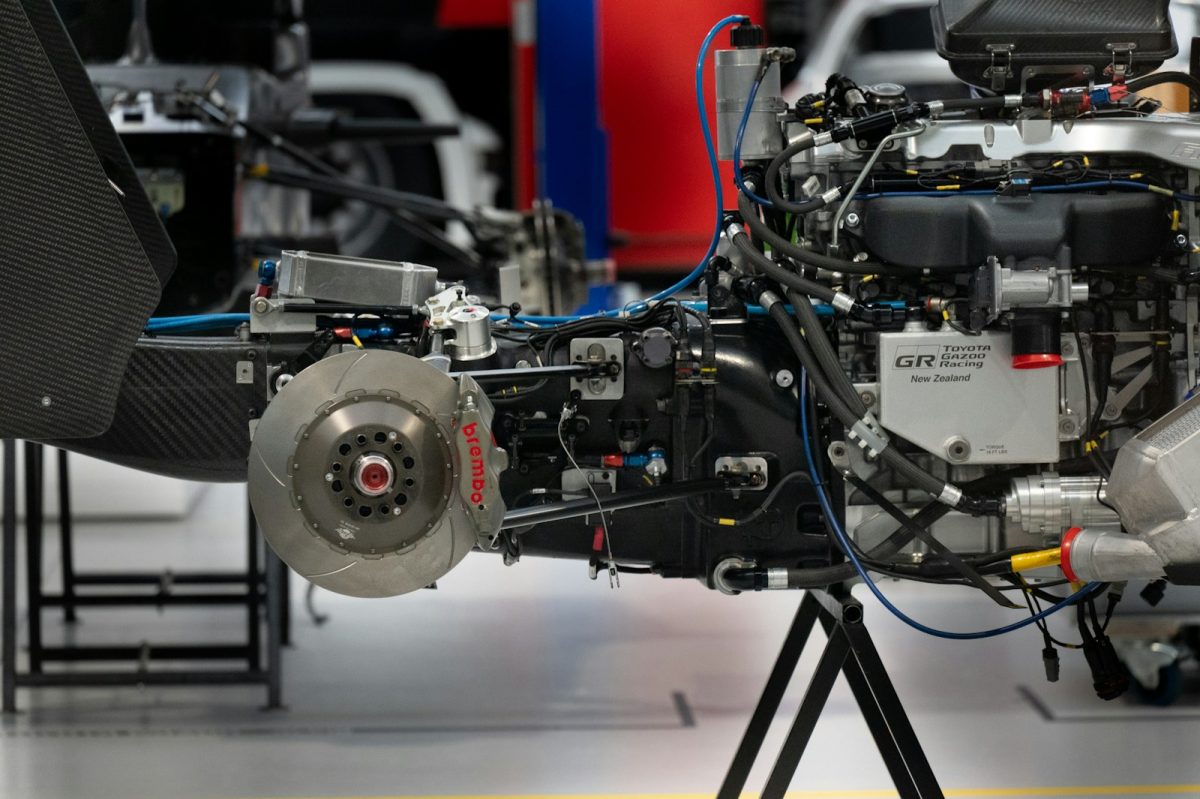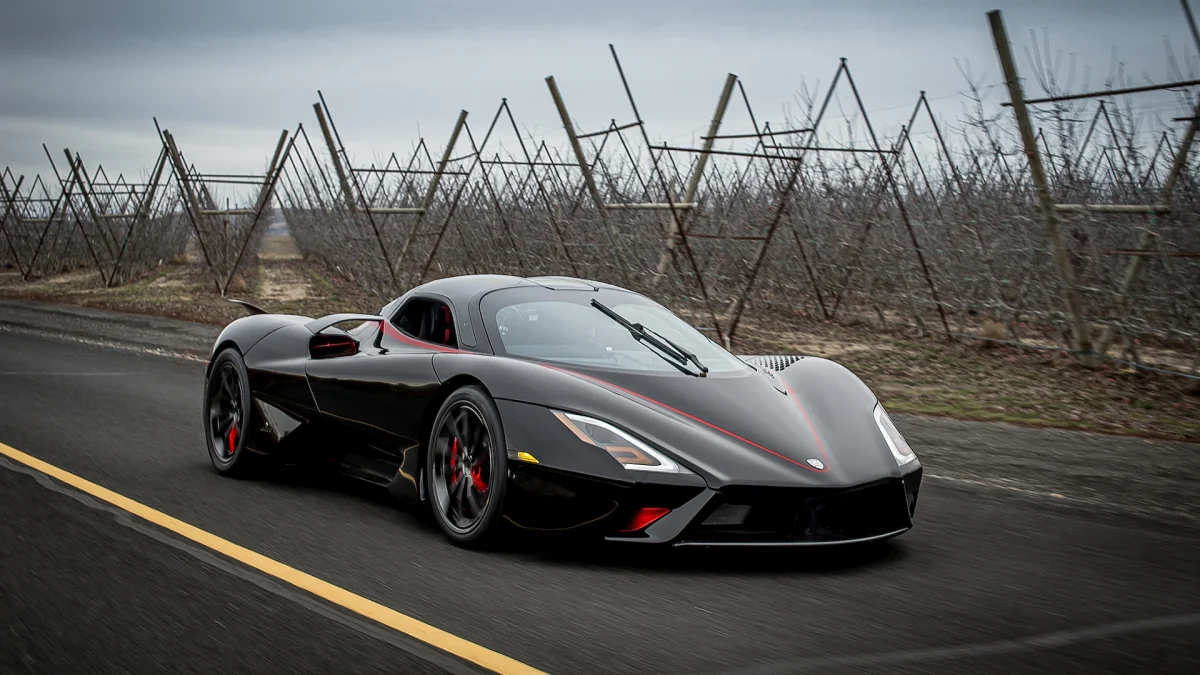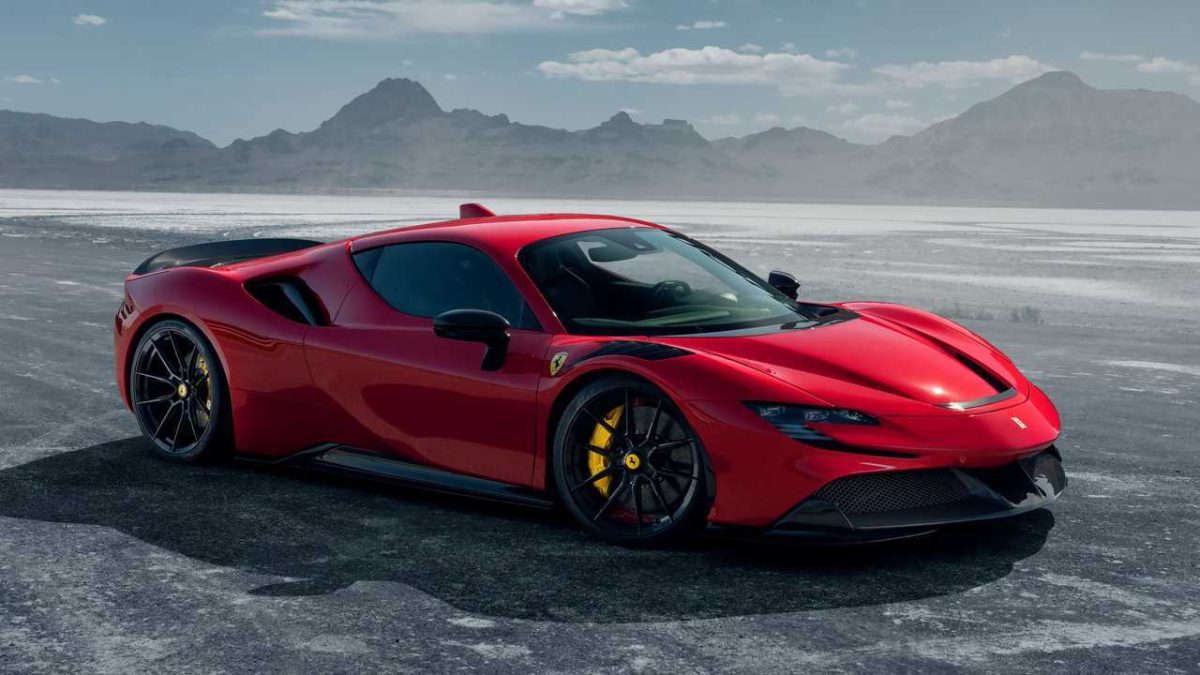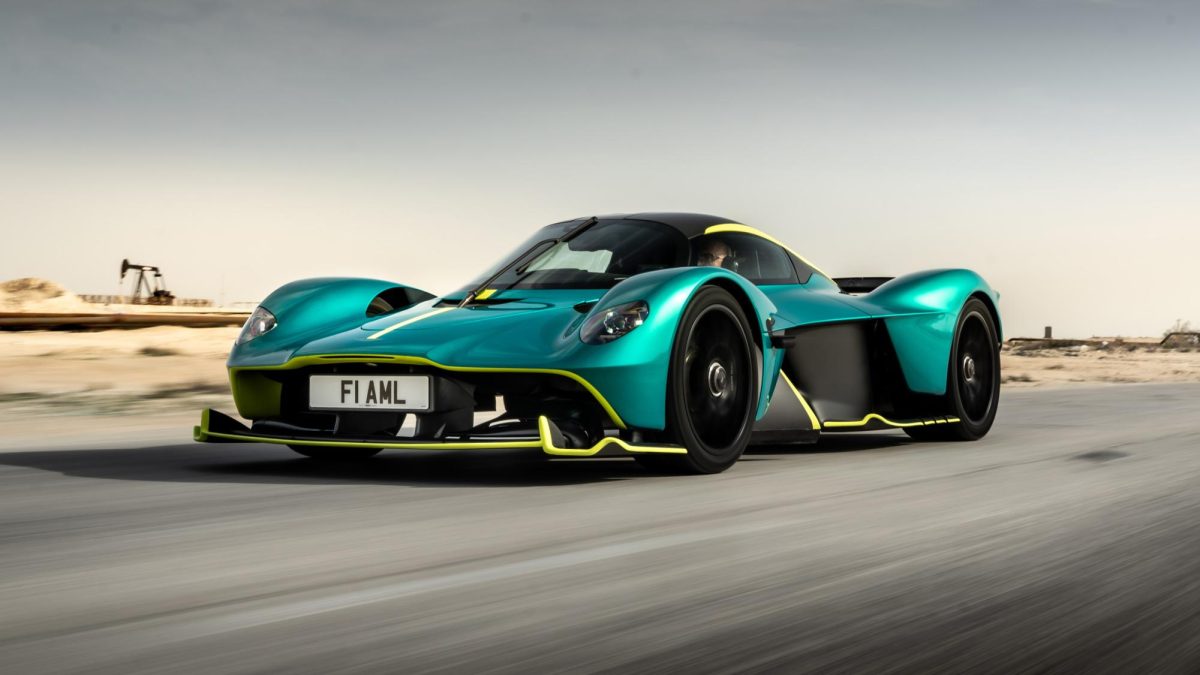How Does An Engine Work?
The inside of the engine consists of cylinders, pistons, fuel injectors, and spark plugs. These components combined burn fuel and exhaust gas out of the cylinders. By repeating this process the engine creates energy that moves the car.
Internal Combustion Engine
When you ignite an interior combustion engine with a certain amount of gas, a powerful amount of force will be released. The intake manifold receives the initial air from the air intake, where it is mixed with gas and then sucked into individual cylinders. After entering separate cylinders, the gas and air go through the Otto cycle to produce energy.
A gas engine uses a four-stroke combustion cycle (known as the Otto cycle), in which the piston completes four consecutive strokes while moving the crankshaft to convert gas into energy. For smoother power transport, pistons take turns firing; how they shoot is unique to each vehicle, but they typically fire half of the pistons such that each time the pistons take turns, they provide the same amount of energy. 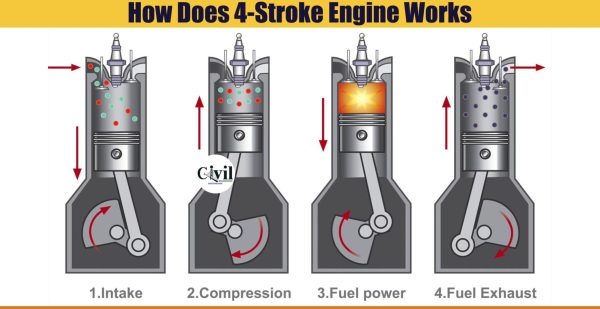
- Intake stroke: The piston starts at the top, the intake valve opens and the piston moves down to let the engine take in a cylinder of gas and air. Even the tiniest amount of gasoline needs to be mixed into the air for this to work.
- Compression: Then the piston moves back up to compress the air and gasoline which makes the explosion more powerful.
- Fuel Power: When the piston reaches the top the spark plug creates a spark to ignite the gasoline, The gasoline explodes driving the piston down.
- Fuel Exhaust: Once the piston hits the bottom of its stroke the exhaust valve opens and the exhaust leaves the cylinder and goes out the tailpipe.
A car has multiple cylinders, similar to the one seen above. Engines typically have four to twelve cylinders, and the number of cylinders increases power output. A multi-cylinder engine can be organized in three ways: inline engines for SUVs and trucks, flat engines for standard cars, and V engines for high performance. These configurations offer benefits and drawbacks regarding smoothness, production cost, and shape; yet, they are better suited for particular vehicles.
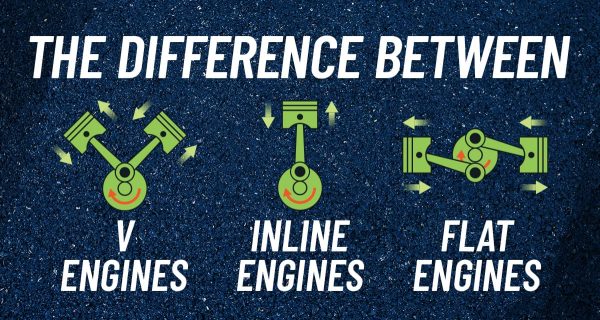
A timing belt connects everything to a crankshaft, which spins everything together. A crankshaft transfers piston power out of the engine and has counterweights to balance against the pistons for perfectly smooth revolutions. The crankshaft is positioned inside the engine block, and a flywheel is attached to one side of the crankshaft, connecting it to the transmission.
Parts that support the combustion process
- Fuel: The fuel pump carries gas to the tank through a fuel filter to the engine where fuel injectors emit a precisely timed spray of gas into the intake port.
- Cooling: Engines can get extremely hot during this process and require a cooling system. Coolant channels around the cylinders and through the cylinder heads carry a liquid called “anti-freeze” to keep temperatures within a safe operating range. After cooling the hot
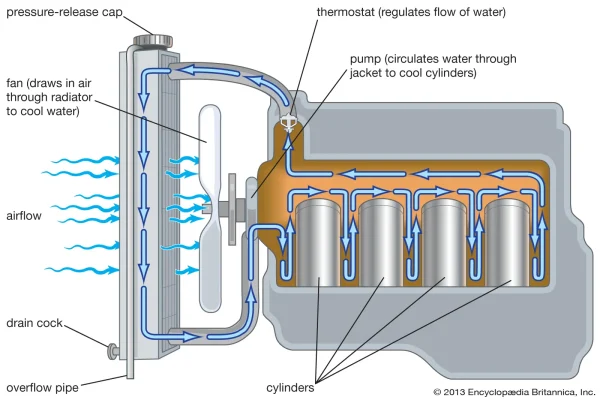 engine parts, the coolant circulates through the radiator. The radiator has a network of small tubes and fins. Coolant passes through these channels while air pulled in by the radiator fan flows by the tubes, cooling the hot liquid for re-circulation, a water pump then keeps the coolant system flowing and properly pressurized.
engine parts, the coolant circulates through the radiator. The radiator has a network of small tubes and fins. Coolant passes through these channels while air pulled in by the radiator fan flows by the tubes, cooling the hot liquid for re-circulation, a water pump then keeps the coolant system flowing and properly pressurized.
- Electrical: The spark plug delivers the electrical spark that ignites the fuel-air mixture for combustion, the spark plugs are directed by the ECM(engine control module) which directs many car engine functions like spark timing, valve timing, air-to-fuel ratio, etc. The alternator works like a power generator, converting the engine’s mechanical energy into electricity to change the battery or run other electrical systems while the engine is running.
- Oil: Motor oil is used to lubricate, clean, prevent corrosion, improve sealing, and cool the engine by carrying heat away from moving parts. Oil galleries are channels through the engine block that carry oil to various engine parts, oil flows through the engine and back to the oil pan for re-circulation, and the oil pump keeps all oil properly pressurized and flowing.
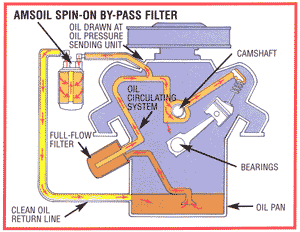
- Exhaust: The exhaust manifold collects gases from multiple cylinders into one pipe, then exhaust flows through the catalytic converter, which captures toxic chemicals in engine exhaust and then out through a muffler that reduces exhaust noise.
RELATED STORIES
https://www.caranddriver.com/features/a26962316/how-a-car-works/
https://radio.uta.edu/Ask-The-Experts/How-Engines-Work.php
https://wonderopolis.org/wonder/how-does-an-engine-work
https://www.howacarworks.com/basics/the-engine
https://edu.rsc.org/everyday-chemistry/how-car-engines-work/4015995.article
TAKE ACTION
